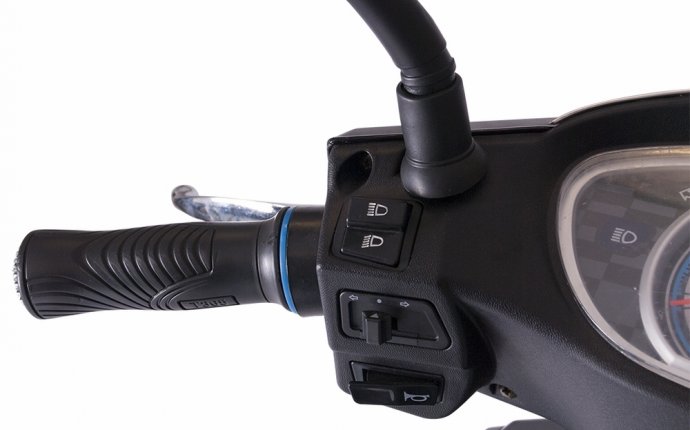
Electric Bicycle Scooter
When someone hears electric bicycle, the first image they imagine may be a scooter or electric motorcycle – but they actually look pretty different. Just picture a regular bicycle, then add several electrical components to it like a motor, a battery, and a controller – all seamlessly integrated into the design. These items make up the fundamentals of all electric bicycles on the market!
How electric bikes work
Electric bikes pedal and handle just like a regular bicycle. By and large, an electric bike will use the same parts too. The electric component is meant to augment human power, not completely replace it. It makes obstacles like hills and headwind more manageable and allows you to travel further without getting as tired.
See our diagram for a more detailed look at how electric bikes work including the motor, battery, drivetrain, and charging process:
[DISPLAY_ULTIMATE_PLUS]
Share this Image On Your Site
Please include attribution to EVELO.com with this graphic.
Choosing the right electric bike
Comfort and quality of the components are still as important on an electric bike as they are on a regular bicycle. But now, there are a few more things you need to consider.
The motor
Electric bike motors come in a wide variety of power ratings, from 200W to 1, 000W or more. The legal limit in the US is 750W, although different states can set their own limits.
Think of this limit kind of like horsepower. A higher rating means that the bike will be able to pull more weight with greater ease – but at the expense of using more battery capacity while doing so. Consequently, a 750W motor will drain the battery much quicker than a 250W one, but it will be more powerful.
One more factor needs to be considered, however. The design and location of the motor plays an important role in how electric bikes work.
The most common type of motor for electric bikes is called a hub motor. It is generally integrated into the rear or front wheel. When engaged, it pulls or pushes the wheel along. Although this system works well, it has one key disadvantage. Since it is not connected to the bike’s gears, it loses efficiency on hills and varied terrain. Imagine driving a vehicle in just one gear the entire day. It will get you places, but it won’t give you the optimum amount of torque or speed that you get with a full gear range.
At EVELO, we offer a patented mid-drive motor, which is integrated with the crank and the gears. This adds several advantages:
- Increased performance while spending less battery energy, since the mid-drive motor uses the bike’s existing gears;
- Much better hill climbing power, since you can switch gears depending on the incline; and
- Handling is improved, since the motor is positioned closer to the ground, keeping the weight centered and low.
The battery
Since the battery affects the weight, style, and range of the bike, its choice is crucial. Batteries play a huge part in how electric bikes work. The majority of the batteries you’ll find offered on the market fall into one of the following two categories:
Sealed Lead Acid (SLA)
These batteries were once the standard battery type for most electric scooters and electric bicycles. These days, most electric scooters still use SLA batteries, while electric bikes (which often require human input) have opted for newer battery technologies to keep the bike as lightweight as possible.
Disadvantages
- Heavy and bulky
- Offer a shorter riding range
- Shorter life span of about 100-300 full cycle charges
- Require more maintenance, and need to be charged immediately after use
Lithium (Ion/Polymer/Manganese/Etc.)
These are the newest technology in batteries. A lithium battery has a lifetime roughly 2-3 times that of an SLA battery. Lithium batteries are much lighter and also are largely maintenance-free.
Advantages
- Lightweight – high-capacity, 36V10Ah Lithium-Polymer batteries can weigh as little as 6 pounds!
- Offer a longer riding range – battery can travel up to 40 miles in pedal-assist mode (or 20 miles on throttle-only).
- Longer life span of about 800 charges or 3 years of virtually daily use
- More expensive – starting at about $1, 500 to $3, 000 and above
The controller
Available in a variety of styles, the controller lets you operate the electric assistance on your electric bike and is an important part in how electric bikes work. The controller is located on the handlebar for ease of use. There are two main styles of controllers – pedal-activated and throttle-based controllers.
Pedal-activated systems offer electric assistance as you press down on the pedals. There is no need to engage a throttle – simple pedaling will do the trick. Electric bikes with pedal-activated systems have a controller mounted on the handlebar that lets you adjust the level of assistance that you receive as you pedal. You can dial in the amount of assistance you want, ranging from no assistance to a great deal of assistance.









